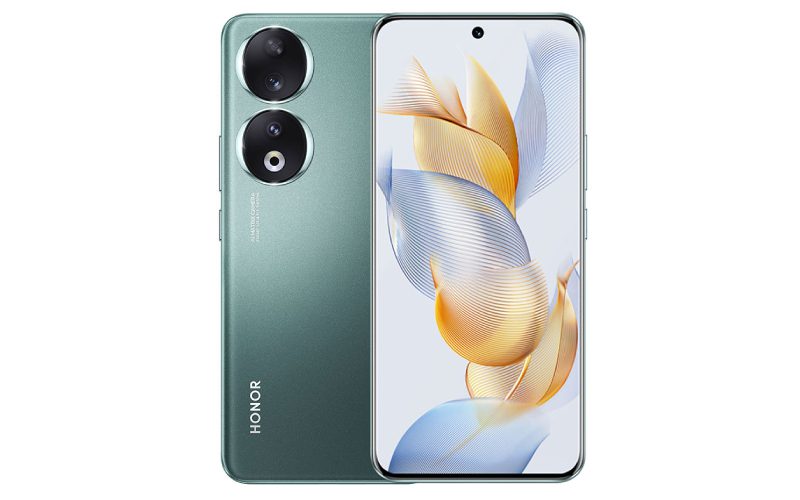In General, the consumer looks into display specifications such as refresh rate, display type, resolution, and various certifications like HDR10+, Dolby Vision, and more when purchasing a smartphone. Whereas if you’re a mobile gamer you will also consider touch response rate.
But have you looked into PWM Dimming for a smartphone or are you even familiar with this term? Here in this article, we will discuss the importance of PWM Dimming on Smartphones, the disadvantages of low PWM dimming, and smartphones with the highest PWM Dimming the Honor 90 5G.
Understanding What is PWM Dimming on Smartphones?
The PWM stands for Pulse Width Modulation a technique used in smartphones to control the brightness of a source via rapidly turning the screen pixels on and off at a specific frequency. Therefore the rate at which the light source turns on and off is known as PWM frequency. A higher PWM frequency rate maintains a smooth viewing experience as the smartphone doesn’t flicker to the human eye.
Likewise, PWM frequency typically below 200Hz is considered too low while in some cases even 500Hz may be considered less. So display with a higher PWM frequency is considered better.
Why does PWM Dimming Matter?
In simple words, Smartphone displays with low PWM frequency turn their pixels on/off rapidly at a slower rate becoming more noticeable and can cause flickering. Which could make some individuals uncomfortable when using the smartphone for a long period of time. Moreover, the lower PWM frequency rate typically below 200Hz could lead to headaches or eye strain while few individuals can also find less than 500Hz frequency bothersome.
Therefore a smartphone with a very high PWM frequency means the pixels turn on/off or flicker happen too fast to be seen by the human eye to maintain a smooth viewing experience and is crucial to reduce eye strain. However many smartphones even flagship devices such as iPhone 14 Pro refresh at only a 480Hz frequency rate. But a good thing is that there are a few phones and brands with high PWM frequency rates.
World’s First Flickerless Display: Honor 90
Honor announced its world’s first flickerless display with Honor 90 series launched globally that included Honor 90, and Honor 90 Pro. Whereas in this article we will discuss in depth on the display of Honor 90 which is soon launching in Nepal.

DXOMARK the world’s leading quality evaluation laboratory ranked Honor 90 5G in the 13th Position in the global ranking for Display tests scoring 140 while ranked 1st in the $400-$600 smartphone category. Stating best in-class flicker management, stable screen readability when viewed at an angle down to a low of 20°, well-rendered details in HDR10 videos, and comfortable brightness in indoor and low light conditions.
According to Honor Dr.Glen Jeffery, A professor of Neuroscience – at the Institute of Ophthalmology, Faculty of Brain Science at UCL studied the effects of blue light on the human brain finding excess blue light associated with eye strain, affects blood pressure, heart rate, human metabolism and absorption of Vitamin D. Whereas late night exposed to blue light affect sleep quality.
Therefore Honor has worked with Dr.Jeffery to examine its latest smartphone which features cutting-edge technology like Dynamic Dimming and the Circadain Night Display. Where he closely studied the device’s impact on eye care and its ability to improve overall eye health. And concludes that the features help to relieve eye strain and healthier sleep.
Regarding the display specification Honor 90 packs a 6.7 inches AMOLED screen with a resolution of 2664×1200 pixels, a 120Hz refresh rate, and support for HDR10+, 1B colors, and peak brightness of 1600nits. Whereas the most highlighting part of Honor 90 display is that it features the world’s first flicker-less display with 3840Hz PWM Dimming along with other eye protection features.
BTW What are your thoughts on PWM Dimming on Smartphones? Also, do comment on the PWM frequency of your current smartphone below.







